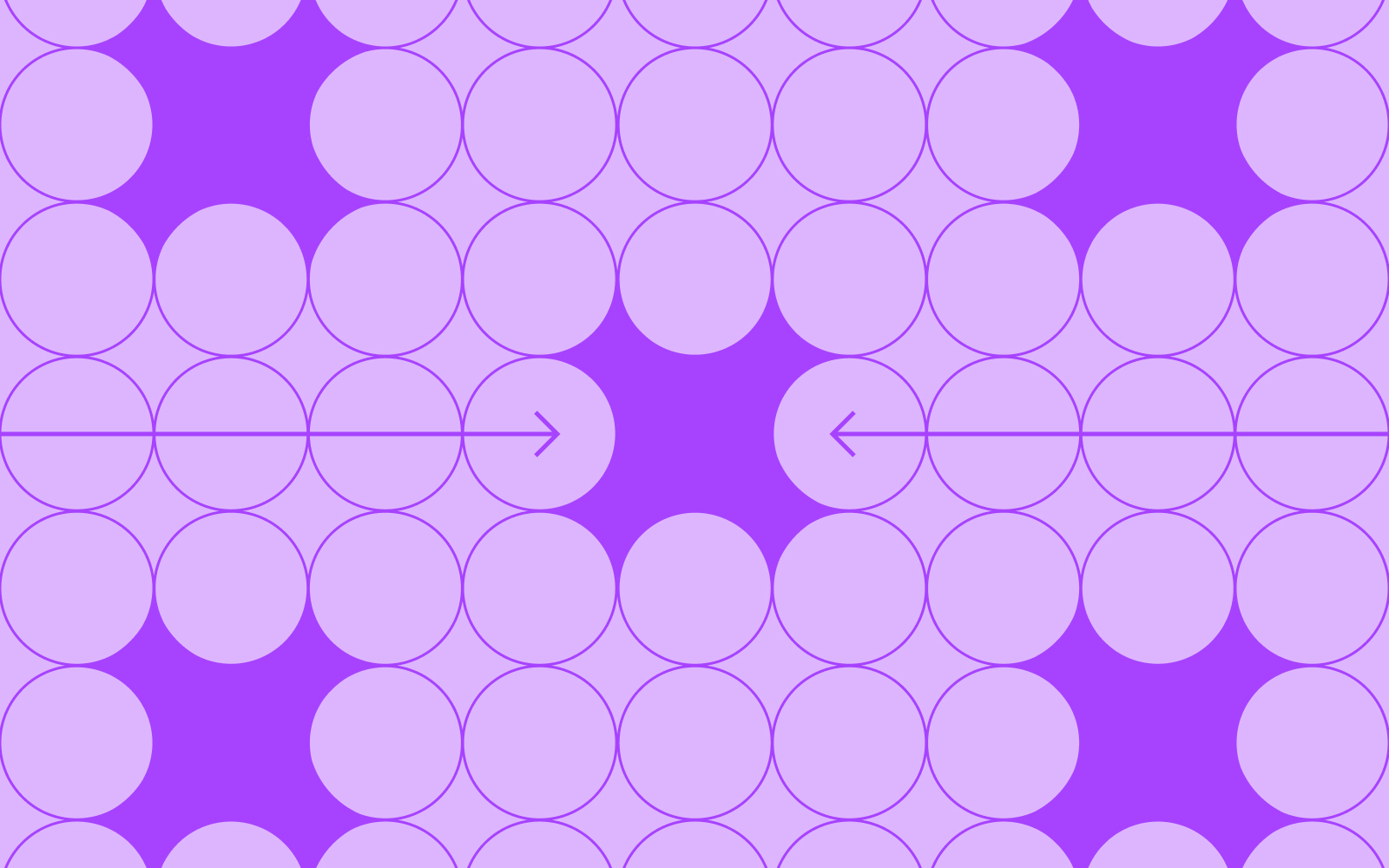The Insight to Roadmap Gap

Why Your Best Insights Never Make It Into Products
Does this sound familiar? Your research teams spend weeks uncovering user insights. Your Product teams spend months building features users don't want. Between these two realities lies one of the most expensive problems in product development.
According to a 2024 Forrester study, 73% of product decisions are made without any customer insight, despite 89% of companies investing in user research. This is not because of a lack of research, but instead because of a broken translation process between discovery and delivery.
This gap isn't just about communication, it's structural. Researchers speak in themes, patterns, and user needs. Product managers speak in features, priorities, and business outcomes. Designers speak in experiences and interfaces. Each discipline has its own language, timelines, and success metrics.
The biggest challenge isn't conducting research, it's making sure that research actually influences what gets built.
Why Good Research Dies in Translation:
- Research operates in 2-4 week cycles. Product decisions happen in real-time. By the time findings are synthesized and presented, the moment for influence has passed.
- A 40-slide research report is nobody's idea of actionable. According to Nielsen Norman Group research, product managers spend an average of 12 minutes reviewing research findings, yet the average research report takes 2 hours to fully digest.
- Individual insights lack context. Was this problem mentioned by 1 user or 20? Is it a dealbreaker or a minor annoyance? Without this context, teams can't prioritize effectively.
The most successful product teams don't just conduct research, they create processes and systems that bridge the gap between research and product including doing more continuous discovery and connecting research insights into actual product updates.
- Teams doing continuous discovery make 3x more research-informed decisions than those doing quarterly research sprints. This becomes more achievable when the entire product trio (PM, designer, researcher) is involved in ongoing discovery.
- Product and research teams need to work together to connect research insights directly to potential features. Mapping each insight to product opportunities, which map to experiments, which feed directly into the roadmap.
Recent research from Stanford's Human-Centered AI Institute revealed that AI-driven interfaces created 2.6 times more usability issues for older adults and 3.2 times more issues for users with disabilities compared to general populations, a gap that often goes undetected without specific testing for these groups.
The Optimal Approach: Design with Evidence, Not Assumptions
The future of product development isn't just about doing more continuous research, it's about making research integral to how decisions happen:
- Start with Questions, Not Studies. Before launching research, collaborate with product teams to identify specific decisions that need informing. What will change based on what you learn?
- Embed Researchers in Roadmap Planning. Research findings should be part of sprint planning, roadmap reviews, and OKR setting.
- Measure Research Impact.: Track not just what research you do, but what decisions it influences. Amplitude found that teams measuring "research-informed feature success rate" show 35% higher user satisfaction scores.
The question you need to ask your organization isn't whether your research is good enough. It's whether your research to product collaboration process is strong enough to ensure those insights actually shape what gets built.

